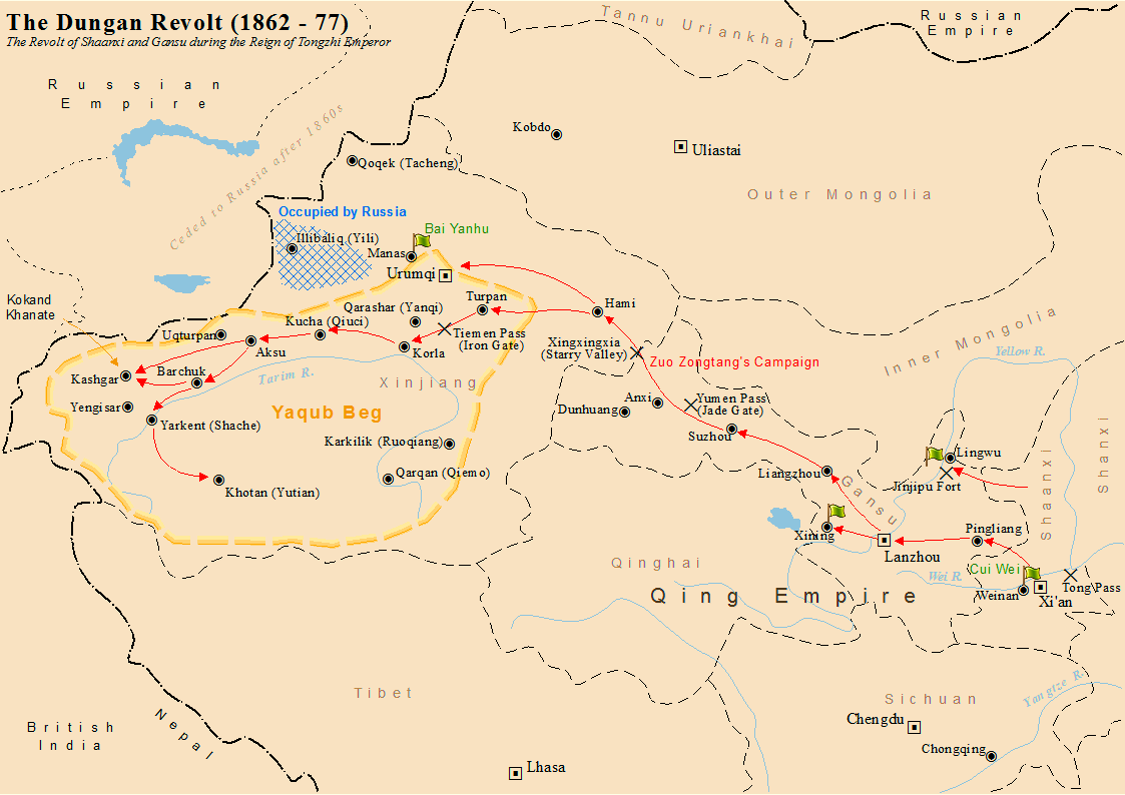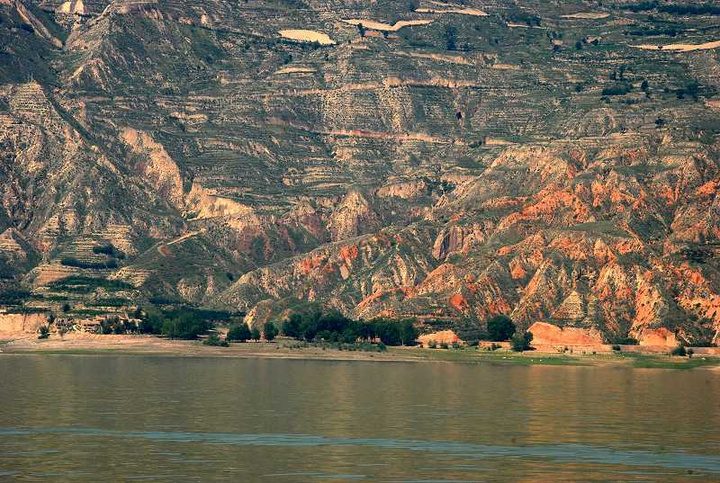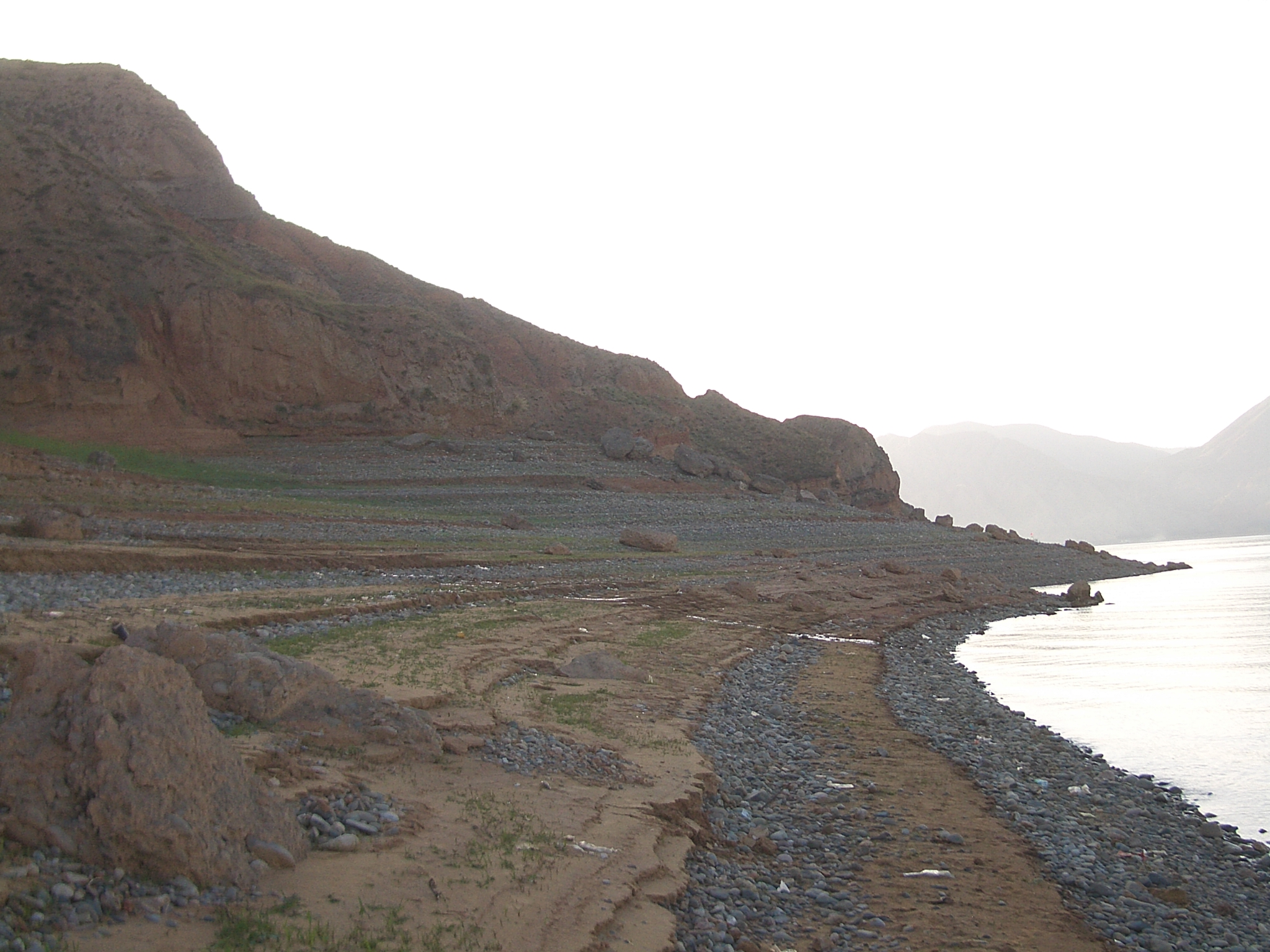|
Linxia Hui Autonomous Prefecture
Linxia Hui Autonomous Prefecture (, Xiao'erjing: ), formerly known as Hezhou (河州) and Baohan (枹罕), is located in Gansu Province, south of the provincial capital Lanzhou, bordering Qinghai to the west. It is an autonomous prefecture for the Muslim Hui people, a large Chinese ethnic group. It also includes two autonomous counties for other Muslim groups, namely Bonan, Dongxiang and Salar. Geography and climate Linxia Prefecture is located in southwestern central Gansu. It is just south of Lanzhou and borders Qinghai Province in the west, Gannan Tibetan Autonomous Prefecture in the south and the Dingxi prefecture-level city in the east. The terrain is highlands, mountains and ''loess'' hills. Elevation averages 2000 meters above sea-level. The Yellow River, which gets its muddy yellow color from the loess, runs through the northwestern part of the prefecture. Dammed at Liujiaxia (Yongjing County), it forms the large Liujiaxia Reservoir in the north-central part of the ... [...More Info...] [...Related Items...] OR: [Wikipedia] [Google] [Baidu] |
Autonomous Prefecture
Autonomous prefectures () are one type of autonomous administrative divisions of China, existing at the prefectural level, with either ethnic minorities forming over 50% of the population or being the historic home of significant minorities. All autonomous prefectures are mostly dominated, in population, by the Han Chinese. The official name of an autonomous prefecture includes the most dominant minority in that region, sometimes two, rarely three. For example, a Kazakh (''Kazak'' in official naming system) prefecture may be called ''Kazak Zizhizhou''. Like all other prefectural level divisions, autonomous prefectures are divided into county level divisions. There is one exception: Ili Kazak Autonomous Prefecture contains two prefectures of its own. Under the Constitution of the People's Republic of China, autonomous prefectures cannot be abolished. Autonomous administrative divisions The PRC's autonomous administrative divisions may be found in the first (or top) to thi ... [...More Info...] [...Related Items...] OR: [Wikipedia] [Google] [Baidu] |
Dongxiangs
The Dongxiang people (autonym: '' Sarta'' or ''Santa'' (撒爾塔); , Xiao'erjing: دْوݣسِيْاݣذُ) are Mongolic people and one of 56 ethnic groups officially recognized by the People's Republic of China. Most of the Dongxiang live in the Linxia Hui Autonomous Prefecture and surrounding areas of Gansu Province in Northwestern China, half of them in Dongxiang Autonomous County, which is part of Linxia. According to the 2010 census, their population numbers 621,500, although research has found that the number is inflated due to Hui identifying themselves as Dongxiang for the census, in order to benefit from minority policies. Origin and development The Dongxiang are closely related to other Mongolic peoples like the Monguor and Bonan. Scholars speculate that their identity as an independent ethnic group arose through contact with Central Asians, due to whom the Dongxiang converted to Sunni Islam in the 13th century. For years, many Chinese scholars assumed that ... [...More Info...] [...Related Items...] OR: [Wikipedia] [Google] [Baidu] |
Han Chinese
The Han Chinese () or Han people (), are an East Asian ethnic group native to China. They constitute the world's largest ethnic group, making up about 18% of the global population and consisting of various subgroups speaking distinctive varieties of the Chinese language. The estimated 1.4 billion Han Chinese people, worldwide, are primarily concentrated in the People's Republic of China (including Mainland China, Hong Kong and Macau) where they make up about 92% of the total population. In the Republic of China (Taiwan), they make up about 97% of the population. People of Han Chinese descent also make up around 75% of the total population of Singapore. Originating from Northern China, the Han Chinese trace their cultural ancestry to the Huaxia, the confederation of agricultural tribes living along the Yellow River. This collective Neolithic confederation included agricultural tribes Hua and Xia, hence the name. They settled along the Central Plains around the middle an ... [...More Info...] [...Related Items...] OR: [Wikipedia] [Google] [Baidu] |
Dungan Revolt (1862–1877)
The Dungan Revolt (1862–1877) or Tongzhi Hui Revolt (, Xiao'erjing: تُجِ خُوِ لُوًا, dng, Тунҗы Хуэй Луан) or Hui (Muslim) Minorities War was a war fought in 19th-century western China, mostly during the reign of the Tongzhi Emperor (r. 1861–1875) of the Qing dynasty. The term sometimes includes the Panthay Rebellion in Yunnan, which occurred during the same period. However, this article refers specifically to two waves of uprising by various Chinese Muslims, mostly Hui people, in Shaanxi, Gansu and Ningxia provinces in the first wave, and then in Xinjiang in the second wave, between 1862 and 1877. The uprising was eventually suppressed by Qing forces led by Zuo Zongtang. The conflict began with riots by the Hui and massacres of the Han Chinese, followed by the revenge massacres of the Hui by the Han. It resulted in massive demographic shifts in Northwest China, and led to a population loss of 21 million people from a combination of massa ... [...More Info...] [...Related Items...] OR: [Wikipedia] [Google] [Baidu] |
Semi-arid
A semi-arid climate, semi-desert climate, or steppe climate is a dry climate sub-type. It is located on regions that receive precipitation below potential evapotranspiration, but not as low as a desert climate. There are different kinds of semi-arid climates, depending on variables such as temperature, and they give rise to different biomes. Defining attributes of semi-arid climates A more precise definition is given by the Köppen climate classification, which treats steppe climates (''BSk'' and ''BSh'') as intermediates between desert climates (BW) and humid climates (A, C, D) in ecological characteristics and agricultural potential. Semi-arid climates tend to support short, thorny or scrubby vegetation and are usually dominated by either grasses or shrubs as it usually can't support forests. To determine if a location has a semi-arid climate, the precipitation threshold must first be determined. The method used to find the precipitation threshold (in millimeters): *multiply ... [...More Info...] [...Related Items...] OR: [Wikipedia] [Google] [Baidu] |
Tao River
Tao River () is a right tributary of China's Yellow River. It starts in Xiqing Mountains () near the Gansu–Qinghai border, flows eastward across Gannan Tibetan Autonomous Prefecture, and then northward more or less along the border between Dingxi Prefecture-level City in the east and Gannan and Linxia Prefectures in the west. It flows into the Yellow River The Yellow River or Huang He (Chinese: , Mandarin: ''Huáng hé'' ) is the second-longest river in China, after the Yangtze River, and the sixth-longest river system in the world at the estimated length of . Originating in the Bayan Ha ... (actually, the Liujiaxia Reservoir) near Liujiaxia Town (the county seat of Yongjing County), just upstream of Liujiaxia Dam. Hydro power A number of dams with hydroelectric power plants have been constructed on the Tao River. According to Google Maps, they include dams at the following locations (upstream to downstream): * —Gucheng Station, near Zhongzhai Town () in ... [...More Info...] [...Related Items...] OR: [Wikipedia] [Google] [Baidu] |
Yongjing County
Yongjing (, Xiao'erjing: ) is a county in Linxia Hui Autonomous Prefecture in China's Gansu Province. The county seat, the town (''zhen'') of Liujiaxia (), is located about 80 km south-west from the provincial capital city, Lanzhou. As is the case with most Chinese county seats, Liujiaxia Town is labeled on most less-detailed maps simply as "Yongjing" or "Yongjing County". The Liujiaxia Dam on the Yellow River is located on the eastern outskirts of Liujiaxia Town. History Yongjing's history goes back approximately 5000 years. It was part of the ancient Western Qiang state. In the Han Dynasty it was part of Jincheng () or Gold City. For many dynasties after that, it was part of Hezhou (). Not until 1928 did it become part of Linxia (). Administrative divisions Yongjing County is divided to 10 towns and 7 townships. ;Towns ;Townships Geography Yongjing is located in center western Gansu province along the Yellow River, north of the Liujiaxia Reservoir, or Bingling Lak ... [...More Info...] [...Related Items...] OR: [Wikipedia] [Google] [Baidu] |
Liujiaxia Dam
The Liujiaxia Dam () is a major hydroelectric dam on the upper Yellow River, in Linxia Hui Autonomous Prefecture of China's Gansu Province. The dam and its hydroelectric facility (Liujiaxia Hydroelectric Station, ) are located in Liujia Gorge, or ''Liujiaxia'' (), just downstream from where the Tao River flows into the Yellow River. The site is on the eastern outskirts of Liujiaxia Town. Since Liujiaxia Town is the county seat of Yongjing County, it is often marked on less detailed maps simply as "Yongjing". The Liujiaxia Reservoir () formed by the dam is the largest body of water within Gansu. The primary purpose of the dam is generating electricity; in addition, it is used for flood control, irrigation, and "ice flood prevention". The dam's location is about west-south-west (or upstream) from the provincial capital Lanzhou. Liujiaxia Dam is a concrete gravity dam high and wide on top. The main section of the dam is long; including auxiliary sections on both sides, the len ... [...More Info...] [...Related Items...] OR: [Wikipedia] [Google] [Baidu] |
Yellow River
The Yellow River or Huang He (Chinese: , Mandarin: ''Huáng hé'' ) is the second-longest river in China, after the Yangtze River, and the sixth-longest river system in the world at the estimated length of . Originating in the Bayan Har Mountains in Qinghai province of Western China, it flows through nine provinces, and it empties into the Bohai Sea near the city of Dongying in Shandong province. The Yellow River basin has an east–west extent of about and a north–south extent of about . Its total drainage area is about . The Yellow River's basin was the birthplace of ancient Chinese, and, by extension, Far Eastern civilization, and it was the most prosperous region in early Chinese history. There are frequent devastating floods and course changes produced by the continual elevation of the river bed, sometimes above the level of its surrounding farm fields. Etymology Early Chinese literature including the '' Yu Gong'' or ''Tribute of Yu'' dating to the Warrin ... [...More Info...] [...Related Items...] OR: [Wikipedia] [Google] [Baidu] |
Loess
Loess (, ; from german: Löss ) is a clastic, predominantly silt-sized sediment that is formed by the accumulation of wind-blown dust. Ten percent of Earth's land area is covered by loess or similar deposits. Loess is a periglacial or aeolian (windborne) sediment, defined as an accumulation of 20% or less of clay and a balance of roughly equal parts sand and silt (with a typical grain size from 20 to 50 micrometers), often loosely cemented by calcium carbonate. It is usually homogeneous and highly porous and is traversed by vertical capillaries that permit the sediment to fracture and form vertical bluffs. Properties Loess is homogeneous, porous, friable, pale yellow or buff, slightly coherent, typically non-stratified and often calcareous. Loess grains are angular, with little polishing or rounding, and composed of crystals of quartz, feldspar, mica and other minerals. Loess can be described as a rich, dust-like soil. Loess deposits may become very thick, more ... [...More Info...] [...Related Items...] OR: [Wikipedia] [Google] [Baidu] |
Prefecture-level City
A prefecture-level city () or prefectural city is an administrative division of the People's Republic of China (PRC), ranking below a province and above a county in China's administrative structure. During the Republican era, many of China's prefectural cities were designated as counties as the country's second level division below a province. From 1949 to 1983, the official term was a province-administrated city (Chinese: 省辖市). Prefectural level cities form the second level of the administrative structure (alongside prefectures, leagues and autonomous prefectures). Administrative chiefs (mayors) of prefectural level cities generally have the same rank as a division chief () of a national ministry. Since the 1980s, most former prefectures have been renamed into prefectural level cities. A prefectural level city is a "city" () and "prefecture" () that have been merged into one consolidated and unified jurisdiction. As such it is simultaneously a city, which is a m ... [...More Info...] [...Related Items...] OR: [Wikipedia] [Google] [Baidu] |









